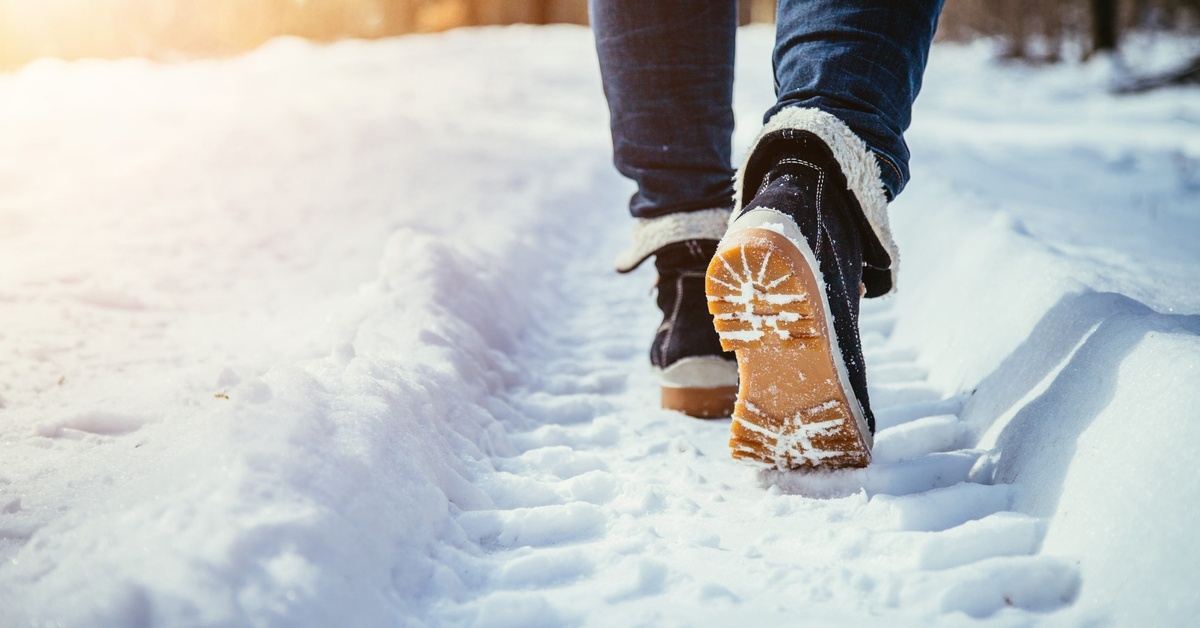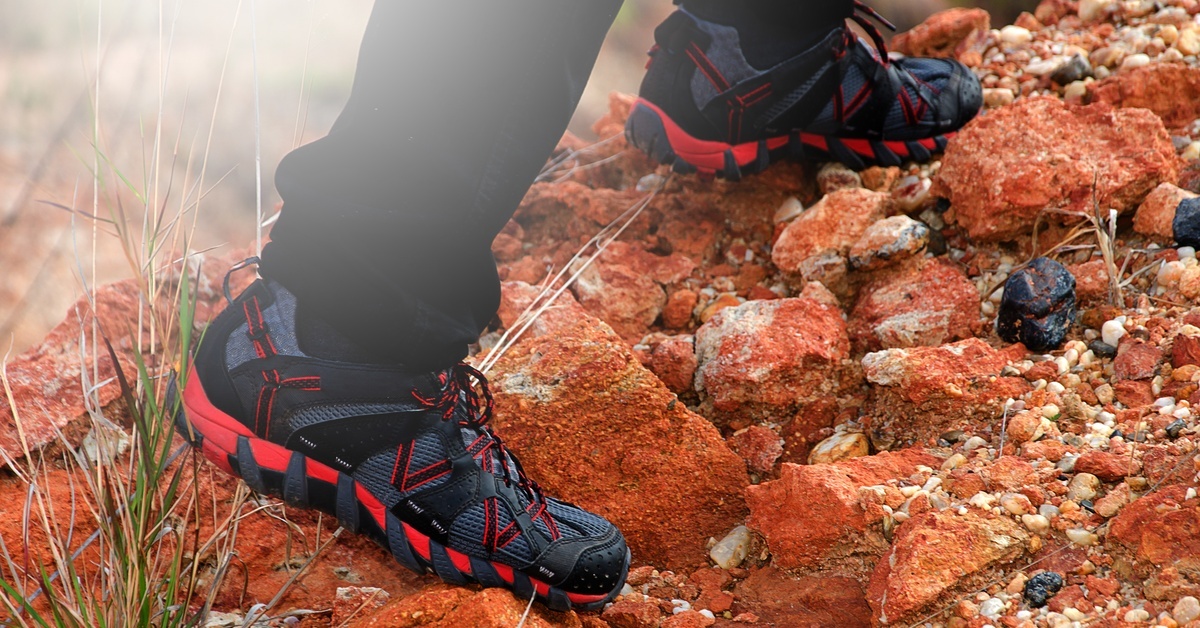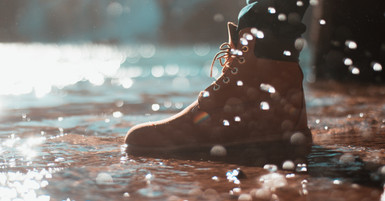Posted by Admin on Nov 17th 2025
Choosing Footwear for Different Weather Conditions
As someone who adores the outdoors, the countless weather and environmental conditions are an exciting part of each journey. Slippery, rain-soaked trails and snow-covered mountains are just some of the environments you might encounter.
The secret to a pleasant outdoor adventure is good footwear. Each weather condition demands a particular type of shoe. The materials, construction, and design elements work together to keep your feet comfortable and protected. The wrong shoes can cause uncomfortably wet feet, blisters, slips, or frostbite in extreme conditions. Learn about various weather patterns and uncover facts about moisture management, temperature regulation, and traction needs.
Understanding Weather-Specific Footwear Requirements
Cold conditions require insulation and warmth retention. Hot weather calls for breathability and moisture-wicking properties. Wet conditions need waterproofing and quick-drying materials, and windy weather benefits from secure fit and weather-resistant uppers.
Each weather type also affects the ground you walk on. Rain creates slippery surfaces that demand enhanced traction, snow requires deep lugs for grip, and hot pavement needs heat-resistant soles. Understanding these relationships helps you select shoes that perform well in in various environmental conditions.
Your activity level during different weather also matters. High-intensity activities in cold weather generate heat and moisture, requiring different features than casual walking. Similarly, extended exposure to wet conditions demands more robust waterproofing than brief encounters with rain.

Cold-Weather Footwear Selection
Cold-weather footwear must balance insulation, moisture management, and traction. Insulated boots provide warmth without excessive bulk. Look for boots rated for temperatures below 0 degrees Fahrenheit.
Waterproof membranes become important in cold conditions, where snow and ice melt against warm feet. However, completely waterproof boots can trap moisture from perspiration. So, consider your activity level when choosing between waterproof and water-resistant options. Breathable waterproof membranes offer good compromises for active pursuits.
Traction systems for cold weather include deep lugs, specialized rubber compounds that remain flexible in low temperatures, and sometimes metal spikes or studs. The outsole should maintain grip on both packed snow and icy surfaces. Higher ankle support helps prevent injury on uneven, snow-covered terrain.
Rainy Day Shoe Solutions
Wet weather footwear priorities center on waterproofing, quick-drying capabilities, and enhanced grip on slippery surfaces. Waterproof boots with sealed seams prevent water entry, while water-resistant treatments on uppers shed light moisture. Full waterproof protection works best for extended wet exposure. Keep in mind that this feature may feel too warm for brief encounters with rain.
Drainage systems remove water that enters the shoes. Some designs include drainage ports or use open-mesh materials in noncritical areas. Quick-drying linings and footbeds help maintain comfort when shoes do get wet. Synthetic materials typically dry faster than leather or natural fibers.
Traction on wet surfaces requires specific outsole designs and rubber compounds. Deeper lugs channel water away from the contact patch, while softer rubber compounds maintain grip on wet rocks and pavement. Some designs incorporate specialized tread patterns optimized for wet conditions.
Hot Weather Comfort Features
Hot weather footwear emphasizes breathability, moisture management, and heat reflection. Mesh uppers allow airflow around your feet. Perforated leather or synthetic materials provide ventilation and remain durable. Avoid completely waterproof shoes in hot conditions unless absolutely necessary.
Moisture-wicking linings and footbeds help manage perspiration. Materials like merino wool or synthetic moisture-management fabrics pull sweat away from skin and allow it to evaporate. Antimicrobial treatments help prevent odor buildup during hot weather activities.
Heat-resistant outsoles prevent burns on hot pavement, and cushioned midsoles provide comfort for extended walking on hard surfaces. Consider shoes with removable footbeds for easier cleaning and drying.

Multi-Season Versatility Options
Some shoes perform well across multiple weather conditions, making them good choices for variable climates or travel. These versatile options typically feature:
- Moderate insulation that is suitable for cool to cold conditions.
- Water-resistant but breathable materials.
- Traction systems that are effective on various surfaces.
- Removable or adjustable components for customization.
- Durable construction for extended use.
Look for shoes with removable linings or footbeds that allow seasonal adjustments. Some designs include interchangeable insoles for different insulation levels. Modular traction systems let you add or remove spikes for changing conditions.
Three-season boots work well from spring to fall; they accommodate everything from mud to light snow. They typically sacrifice some specialized performance for broader usability. Four-season options add cold-weather capability but may feel too warm for summer use.
Specialty Features for Extreme Conditions
Extreme weather conditions require specialized footwear features beyond basic weather protection. Arctic conditions need vapor barrier systems and extreme insulation ratings. Desert environments require maximum breathability and heat reflection. High-altitude conditions combine cold, wind, and UV exposure challenges.
Some specialty features include heated insoles for extreme cold, puncture-resistant plates for rocky terrain, and gaiters integration for snow and debris protection. Chemical-resistant materials help in industrial environments, while electrical hazard protection matters for certain work conditions.
Maintenance Tips for Weather-Specific Shoes
Different weather conditions create different maintenance needs for your footwear. Cold-weather boots need regular cleaning to remove salt and deicing chemicals that can damage materials. Apply waterproof treatments seasonally to maintain protection levels.
Shoes used in rainy conditions benefit from thorough drying between uses. Remove insoles and laces, stuff shoes with newspaper, and allow air circulation. Avoid direct heat sources that can crack or shrink materials. Clean mud and debris promptly to prevent staining and material degradation.
Hot-weather shoes need frequent cleaning to manage odor and bacteria buildup. Wash removable components regularly. Rotate between multiple pairs when possible. Store shoes in ventilated areas rather than closed containers to prevent mold growth.
Take the Next Step With High-Quality Footwear
Selecting appropriate footwear for varying weather conditions transforms outdoor experiences from uncomfortable endurance tests into enjoyable adventures. Consider your most common outdoor pursuits and the weather conditions you encounter most frequently. Build your footwear collection around these core needs before adding specialty options.
Your feet deserve protection that matches the conditions you encounter. Whether you’re facing rain-soaked trails, snow-covered paths, or sun-baked pavement, the right shoes provide the foundation for confident movement and lasting comfort.
Yeager’s Sporting Goods offers an extensive selection of high-quality men’s and women’s shoes designed for a wide range of outdoor conditions. Visit our website to explore waterproof boots, breathable hiking shoes, and specialized footwear that keeps you moving comfortably through the seasons.

